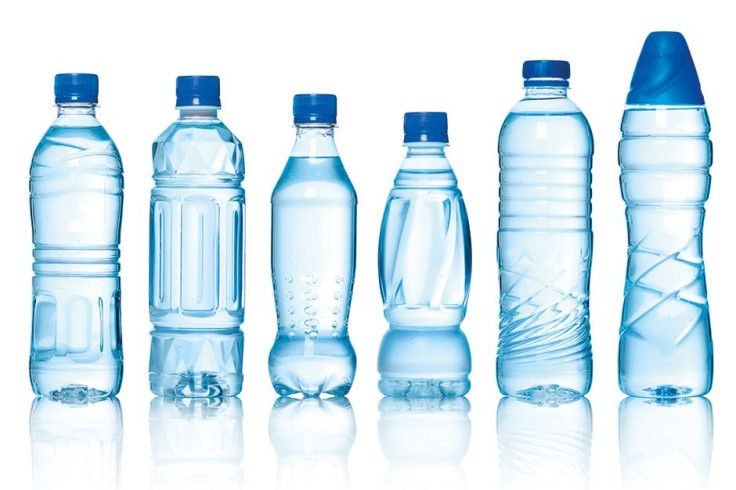Scientists Turn Water Into Metal, Transition Visible To The Naked Eye [Watch]
KEY POINTS
- Pure water turns into metal at high pressures
- It is unfeasible to simulate such high pressure in labs
- Scientists used alkali metals to turn pure water into metal
Scientists have done the unthinkable. They have succeeded in turning water into metal. Luckily for us, there is footage of the transition.
The video shared on YouTube by IOCB Prague shows a discernible golden shine as water transforms into metal.
"You can see the phase transition to metallic water with the naked eye!" physicist Robert Seidel from Helmholtz-Zentrum Berlin für Materialien und Energie in Germany commented.
While the process lasts for a few seconds, the ability to achieve this alchemical process paves way for allowing a better study of this phase of water.
Water found in nature is different from pure water. Pure water has no impurities while natural water has them, which makes the natural water conductive.
First, one needs to understand what makes the water turn metallic. The answer is free ions. Metallicity is the ability to conduct electricity with the aid of free-flowing ions in that element.
It is not unheard of that water turns into metal; however, this process takes place under extremely high pressure, the kind not feasible under lab conditions to replicate. This was an obstacle to achieving metallicity in water.
Under high pressures, the tightly packed atoms in water lead to the overlapping of the orbitals of the outer electrons. This, in turn, allows the movement of electrons which provides conductivity to the water. To reach this phase, 48 megabars – under 48 million times Earth's atmospheric pressure at sea level -- needs to be achieved.
Scientists, with their ingenuity, came up with a solution for this impasse. The research team led by organic chemist Pavel Jungwirth of the Czech Academy of Sciences in Czechia found hope in alkali metals.
Alkali metals give off their outer electrons rather easily, meaning they could simulate the electron-sharing properties of highly pressurized pure water without actually needing the high pressures.
There is just one problem, alkali metals show very fierce reactions when they come in contact with water, some even lead to an explosion.
To overcome this deterrent, the research team added alkali to water than the other way around. In this case, they went with an alloy of sodium and potassium.
"The silvery sodium-potassium droplet covers itself with a golden glow, which is very impressive," Seidel said.
In the experiment, scientists carefully added a thin film of pure water using vapor deposition to a small blob of sodium-potassium alloy (liquid at room temperature), in a vacuum chamber.
"Our study not only shows that metallic water can indeed be produced on Earth but also characterizes the spectroscopic properties associated with its beautiful golden metallic luster," Seidel said.
The research was published in the journal Nature.

© Copyright IBTimes 2024. All rights reserved.





















